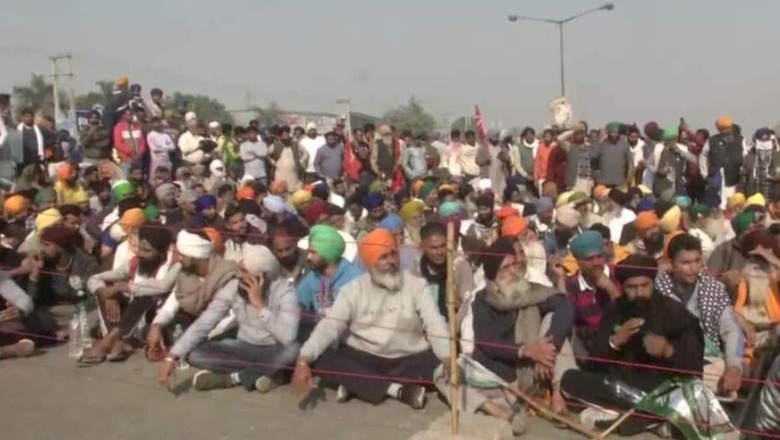
views
The Centre allowed protesting farmers from Punjab and Haryana to enter the capital on Friday afternoon and hold a protest demonstration at the Nirankari ground after they refused to turn back despite the police using tear gas and water cannons. The Modi government has also extended an invitation for talks on December 3.
“Farmers have shown exemplary discipline and restraint by peacefully pushing ahead. Roads were dug up by the administration (to prevent entry into Delhi), but farmers filled up the ditches with their own hands,” said a statement by one of the protesting farmer organisations on Friday.
The farmers have been protesting against Centre’s three farm laws, The Farmers’ Produce Trade and Commerce (Promotion and Facilitation), The Farmers (Empowerment and Protection) Agreement of Price Assurance, and Farm Services and The Essential Commodities (Amendment). They are apprehensive that the laws would pave the way for dismantling of the minimum support price (MSP) system, leaving them at the “mercy” of big corporates.
Similarly, thousands of farmers from 15 states had gathered at Jantar Mantar in 2015, seeking the intervention of former PM Manmohan Singh in resolving the farm crisis in the country. These farmers and agriculture workers, who had come all the way to the country’s political capital to show their collective commitment, had just one agenda – “reverse the grave Indian agrarian crisis”.
In response, the Centre formed a committee of four ministers to meet the farm leaders the following week.
A range of issues from land acquisition to falling farmers’ income, new legal frameworks that threaten farm livelihoods and food sovereignty, and exploitation by new farm technology had brought these protesters together.
Again, in 2018, the iconic Ram Lila Maidan became the halt for the night for thousands of farmers in the Delhi’s crisp winters.
These farmers rallied to the Parliament Street to press for their demands, including debt relief and remunerative prices for their produce.
Farmers had converged in the national capital from different corners of the country, including Andhra Pradesh, Maharashtra, Gujarat, Tamil Nadu, Uttar Pradesh and West Bengal, to participate in the two-day Kisan March.
One of their chief demands was a special parliamentary session to discuss solutions to the agrarian crisis, including a full loan waiver and higher crop prices.
The Centre had then too formed a committee to look into the demands and pacified the protesting farmers.
Read all the Latest News, Breaking News and Coronavirus News here










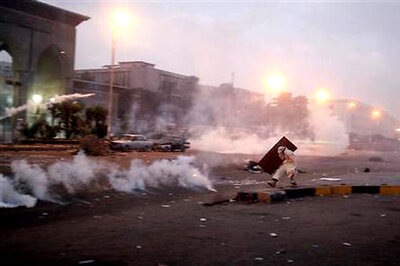

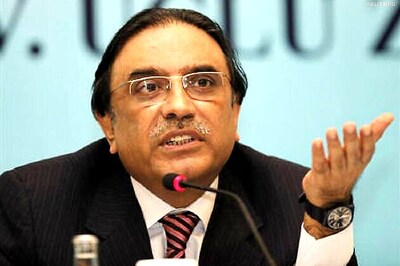

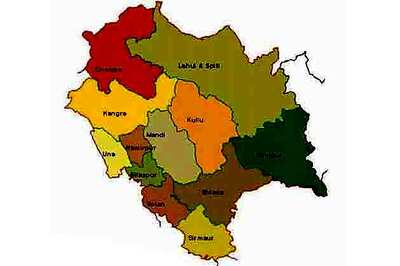




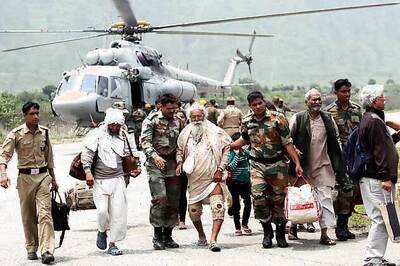
Comments
0 comment